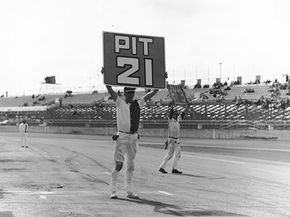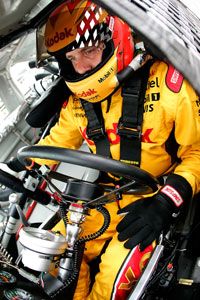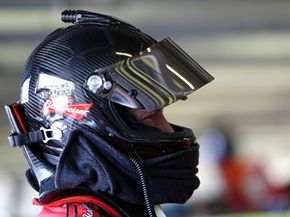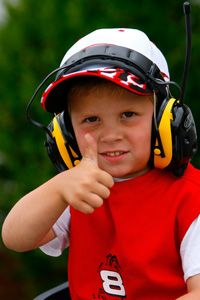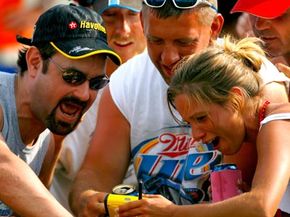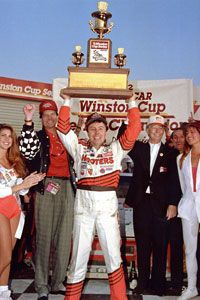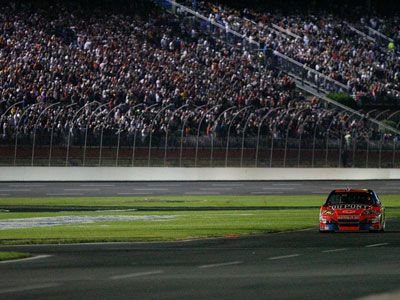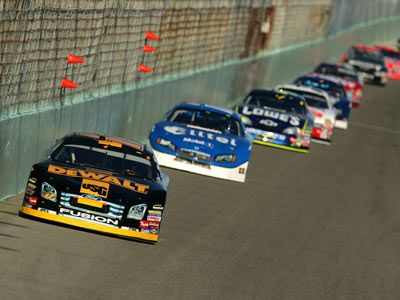NASCAR race cars are becoming more complex as their performance and safety technology evolves. One result is that more people need to be in the driver's communication loop. While the number of pit crew members allowed over the wall to service the car remains at seven (eight during the second half of longer races), the full team standing behind a single NASCAR driver can include more than 30 people.
It's especially important that the team manager, crew chief and spotter be able to talk with the driver during the race. The driver relies on these three individuals for guidance as the race progresses. In recent years, the team spotter has become even more valuable to the driver, helping him (or her) to get the race car around the track as quickly and safely as possible.
Advertisement
Pit crew members, the competition manager responsible for the car, and various engineers and specialists may also need to be on the radio, helping the team make quick decisions about the vehicle's handling and operation.
NASCAR allows fans to listen in on real-time driver-to-crew talk via several methods. Race fans can listen in while they're at the track, and really, from just about anywhere else, too. We'll take a look at the various methods a little later in this article.
Over the next few pages, we'll drop ourselves into the seat of a NASCAR race car to check out the in-car audio hardware, then review the equipment other members of the race team use to listen and talk. We'll tell you who's in the communications loop on race day and we'll discuss what you might hear when you listen in. Then we'll cross the finish line with a sample menu of services that offer fans real-time in-car audio.
But before we get into how NASCAR communications work today, let's take a look at how driver-to-crew communications were handled prior to when wireless audio took over -- and also acknowledge a few of the NASCAR pioneers who first used radios.
Advertisement

